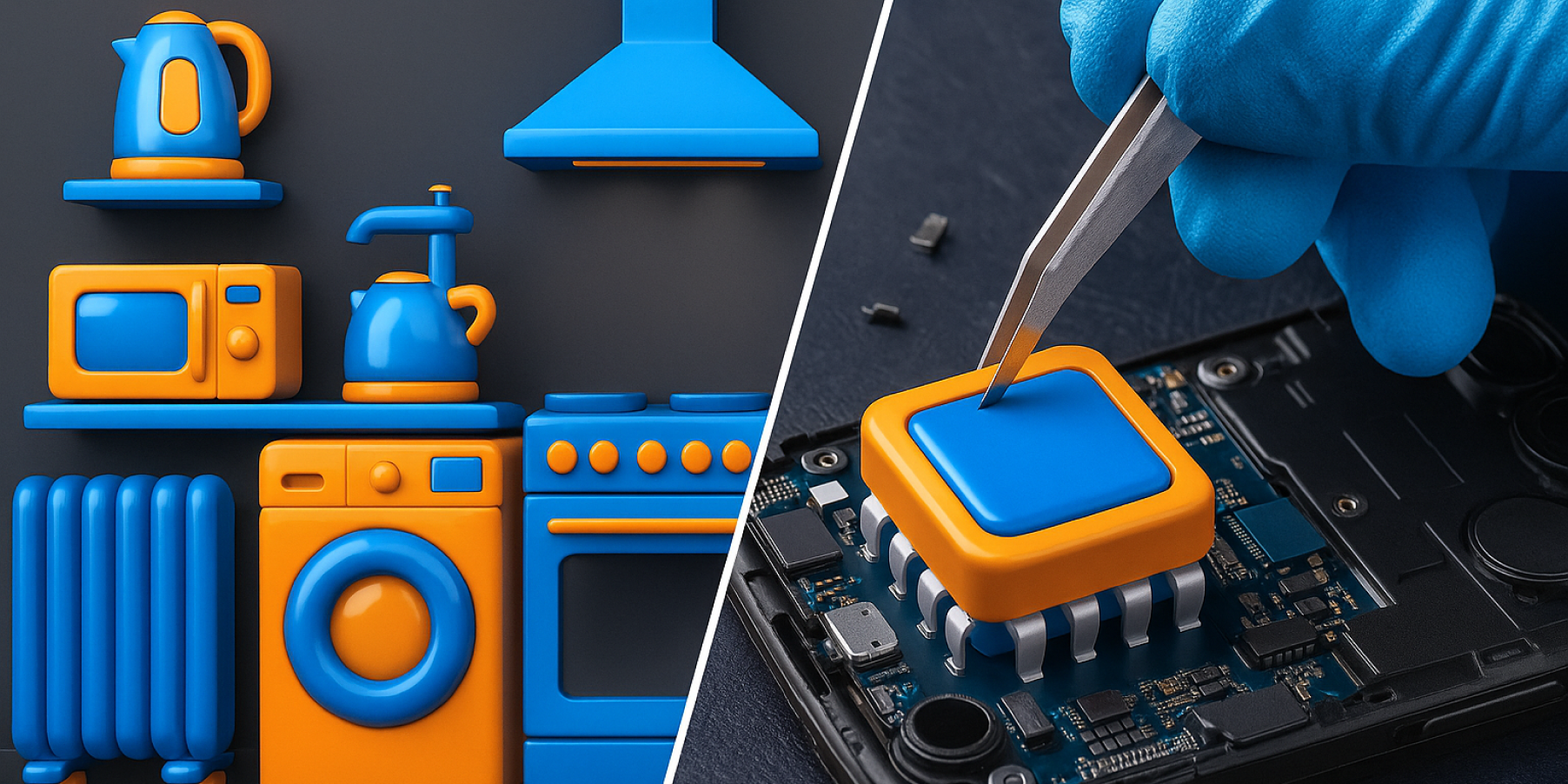Why Scandinavia Is Emerging as a Leader in Digital Procurement
August 20, 2025

Scandinavia has spent the last decade turning procurement into a digital-first discipline. Public agencies, hospitals, and municipalities buy and pay electronically by default. Private buyers follow the same standards, which accelerates supplier onboarding and cross-border trade.
For suppliers, this means faster payments, lower admin costs, and clearer compliance. For procurement teams, it means structured data, real-time spend visibility, and fewer errors across the source-to-pay (S2P) cycle.
The Nordic “stack”: standards, IDs, and rails that just work
Under the hood, Nordic countries rely on interoperable standards like PEPPOL BIS for e-invoicing and e-ordering. They pair that with strong digital identity systems (BankID/NemID/MitID) and high eIDAS trust levels. The result is secure, automated order-to-cash with less manual intervention.
Because standards are shared across public and private sectors, suppliers do not juggle a dozen formats. One connection often opens doors to many buyers across Sweden, Denmark, Norway, and Finland.
What makes procurement “digital” in Scandinavia
Digital procurement here is more than scanning PDFs. It includes structured e-orders and e-invoices, machine-readable catalogs, contract lifecycle management, and automated three-way match. Buyer portals and supplier networks reduce friction at every step.
Analytics sit on top to track ESG, delivery performance, and total cost of ownership. Teams can shift effort from data cleanup to strategic sourcing and supplier collaboration.
Why the Nordics moved faster than most
Culture, policy, and infrastructure aligned. Governments mandated electronic documents in public procurement, and businesses embraced the same rails to cut costs. Broadband penetration and high digital skills removed adoption barriers.
Another driver is sustainability. Procurement is central to climate and circular-economy targets, so buyers need digital audit trails, product data, and supplier declarations. Digitalization makes that measurable and enforceable.
The payoff for buyers and suppliers
Buyers gain cycle-time reductions, cleaner master data, and fewer invoice disputes. Suppliers get predictable payment flows, lower DSO, and simpler cross-border selling inside the region.
Because systems speak the same language, onboarding a new customer or catalog is faster. That speed compounds across hundreds of transactions per month.
Snapshot: how the region compares
| Area | Nordic baseline | Typical gaps outside Nordics |
|---|---|---|
| E-invoicing & e-ordering | PEPPOL-ready, public sector by default | Mixed formats, email/PDF still common |
| Digital identity | BankID/MitID widely used in B2B flows | Patchy eID adoption |
| Procurement data model | Standardized BIS/EHF catalogs & orders | Heterogeneous item and tax schemas |
| ESG & compliance | Embedded in RFx, contracts, invoices | Manual attestations, spreadsheets |
| Analytics | Near-real-time spend & supplier KPIs | Delayed, manual consolidation |
Use this as a directional view when planning market entry or platform selection.
What this means for procurement leaders
If you run sourcing in a Nordic company, you can assume suppliers will support PEPPOL and structured e-documents. That lets you push farther on automation, discounts, and dynamic approval rules.
If you are a supplier, treating Nordic buyers as “digital-first” customers will reduce onboarding time. Expect to register a PEPPOL ID, publish structured catalogs, and exchange e-orders and e-invoices from day one.
Common pain points the Nordic model already solves
- Duplicate data & manual keying. Structured messages reduce error rates.
- Slow approvals. Digital workflows route exceptions and auto-approve the rest.
- Late payments. Clean, validated e-invoices cut disputes and shorten DSO.
- ESG reporting gaps. Line-level data enables product- and supplier-level KPIs.
The supplier playbook for winning in Scandinavia
- Get PEPPOL-ready. Connect via an accredited access point and register your ID.
- Publish clean catalogs. Map UNSPSC/CPV where requested; include UoM, tax, and environmental attributes.
- Automate order-to-cash. Integrate e-orders, e-dispatch, e-invoices, and credit notes into your ERP.
- Align on eID and signatures. Support local eIDs and qualified e-signatures for contracts.
- Prove ESG with data. Provide product carbon footprint, recyclability, and supplier code-of-conduct compliance.
- Offer dynamic pricing options. Support e-auctions, volume tiers, and catalog-based discounts.
- Localize service & support. Provide Nordic language coverage and EU VAT mastery.
Quick readiness checklist (tick all before onboarding)
- PEPPOL BIS Billing & Ordering configured
- GLN/organization IDs verified; banking set for SEPA/instant rails
- VAT, e-tax codes, and reverse-charge scenarios tested
- Contract and price-list versions synced to buyer portals
- Service-level and ESG attestations attached to items and sites
How Nordic buyers structure their tech stack
Modern stacks combine an S2P suite with best-of-breed add-ons. Think intake-to-procure for user requests, guided buying, supplier risk tools, AP automation, and analytics.
Expect category managers to demand real-time prices and availability in e-catalogs. Expect finance to require three-way match and touchless invoice processing with exception queues.
Minimum data set buyers expect from suppliers
- Item master with standardized attributes
- Plant/site eligibility and delivery windows
- Warranty, MSDS, and safety docs where relevant
- ESG and compliance metadata per product
- SLA for delivery, returns, and after-sales
ROI: where the value comes from
- Process cost: fewer touches per PO and invoice.
- Cash: shorter cycle times, early-payment programs, lower DSO.
- Risk: fewer maverick buys; better supplier visibility.
- Sustainability: auditable emissions and waste data per category.
A strong Nordic hallmark is turning these into targets during RFx and contract negotiation. Suppliers who quantify benefits win more tenders.









